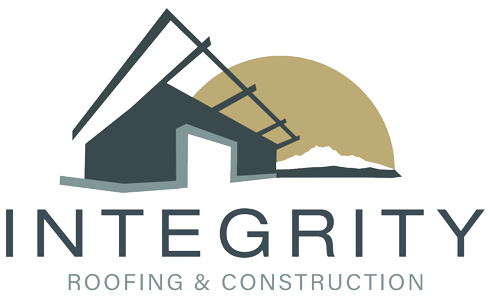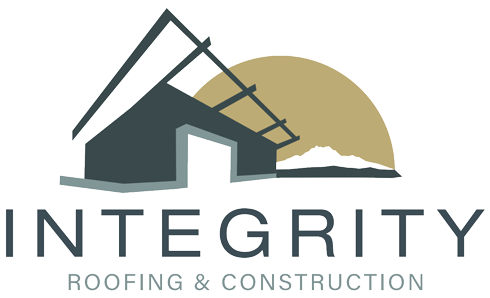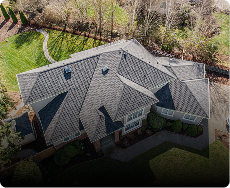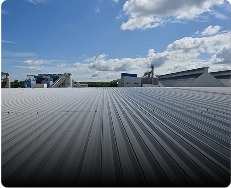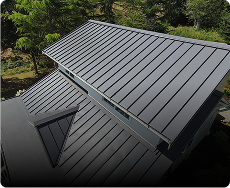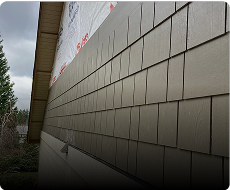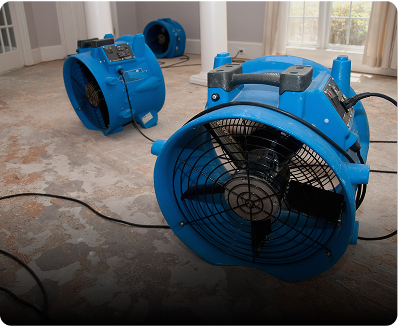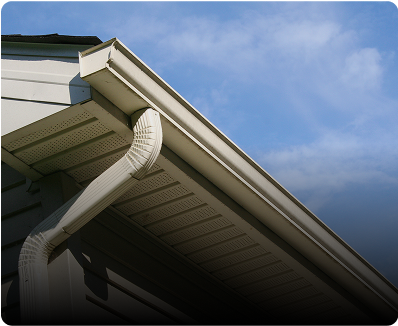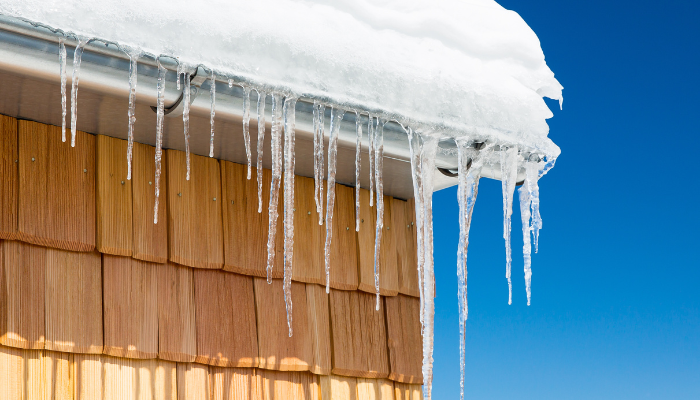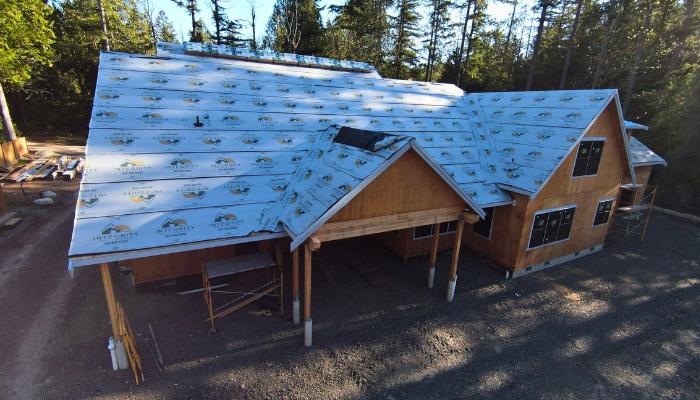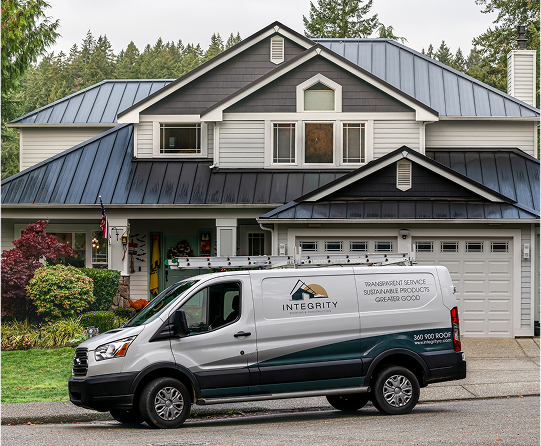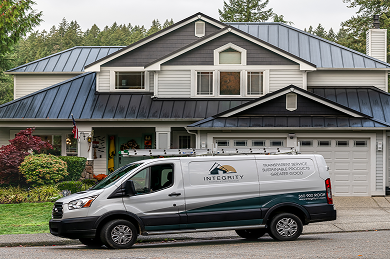By Paul Massey
Ice dams may not be super common in the Pacific Northwest, but they can still pose a real risk for homeowners in Issaquah and surrounding areas. Even a few inches of snow or a layer of freezing rain followed by warmer temperatures can create conditions for ice dams. These formations trap meltwater along the lower edge of the roof, forcing it under shingles and into the attic or living spaces, which can lead to water damage, mold growth, and structural issues.
Understanding the causes, risks, and preventive measures can help homeowners protect their property and avoid costly winter repairs.
What Is an Ice Dam?
An ice dam is a ridge of ice that forms along the lower edge of the roof. Unlike simple snow buildup, ice dams block the normal flow of melting water, which can then seep under roofing materials. Even in areas like Issaquah, ice dams can form because of the region’s freeze and thaw cycles and wet snow conditions.
How Ice Dams Form
Warm air from the home rises into the attic, warming the underside of the roof deck. Snow on the upper roof melts, and the water flows downward until it reaches the unheated eaves. There it refreezes and begins to build a ridge of ice. Each time snow melts and refreezes, the ice dam grows, blocking drainage and trapping water behind it. Eventually, the water can seep under the roofing system, causing leaks and moisture damage.
Why Ice Dams Are a Problem in the Pacific Northwest
Even with light snowfalls, ice dams can be a concern in the Pacific Northwest because of our unique winter weather patterns. Freeze and thaw cycles cause melting snow to refreeze quickly. Wet, heavy snow adds weight to the roof, and rain followed by freezing temperatures can lead to ice buildup along eaves and gutters.
Risks of Ice Dams
Water Damage: Water seeping under shingles can damage insulation, drywall, ceilings, and framing, and can also lead to mold growth.
Structural Strain: Ice dams add significant weight to your roof, gutters, and eaves, which can cause sagging, loosened shingles, or gutter detachment.
Safety Hazards: Large sheets of snow and ice can slide off the roof suddenly, creating risks to people, pets, and landscaping below.
Taking preventive action, even with moderate snowfall, can save homeowners significant repair costs.
Prevent Ice Dams at the Source
Addressing the root cause of ice dams—warm air escaping into the attic—is the most effective solution. Proper insulation and ventilation help maintain a consistent roof temperature and prevent uneven melting. This strategy is supported by building science research, such as the expert recommendations for preventing ice dams from the Pacific Northwest National Laboratory.
Improve Attic Insulation
Proper insulation slows the transfer of heat from living spaces to the attic. Fiberglass batts, spray foam, or blown-in insulation are all effective for minimizing heat loss. Pay special attention to areas around attic hatches, recessed lighting, and chimneys, which are common sources of heat leakage.
Increase Attic Ventilation
Balanced airflow keeps the roof deck at a more uniform temperature, reducing freeze and thaw cycles. Soffit vents allow cool air in while ridge vents allow warm air to escape. Keep vents clear of insulation or debris to maintain proper airflow.
Five Practical Tips to Prevent Ice Dams in Issaquah
Clean and Maintain Gutters
Debris such as leaves, needles, and moss can trap water and worsen ice buildup. Clear gutters and downspouts before the first snowfall.
Seal Attic Air Leaks
Small gaps around light fixtures, vents, or attic doors can allow warm air into the attic. Use caulk, spray foam, or weatherstripping to close these leaks.
Remove Snow from the Roof
Use a roof rake to remove snow from the lower roof edge before it has a chance to melt and refreeze. Focus on areas where snow tends to accumulate, including higher-elevation neighborhoods.
Install Snow Guards
Snow guards break up sliding snow and prevent sudden avalanches that can damage gutters, landscaping, or vehicles. They are particularly useful on metal or steep-sloped roofs.
Chemical Ice Melts
Chemical ice melts can corrode gutters and metal components, stain shingles, and damage landscaping. They are not designed for roofing systems. For these reasons, Integrity Roofing and Construction does not recommend ice melts as a primary solution. Insulation and ventilation improvements are far more effective for long-term ice dam prevention.
Signs You Might Already Have an Ice Dam
Early signs of ice dam formation in Issaquah include icicles hanging from eaves or gutters, water stains on ceilings or walls, damp insulation in the attic, and frozen gutters or downspouts. For guidance on safely identifying and addressing ice dams, the National Weather Service offers detailed advice for homeowners. Acting quickly can prevent more serious damage and costly repairs.
Protect Your Roof Before Winter
Winter storms in the Pacific Northwest can be unpredictable. Even a few inches of snow or a sudden freeze can create ice dams. Taking preventive steps now can save significant repair costs later.
Schedule a Video Inspection in Issaquah
For expert advice on preventing ice dams in Issaquah and surrounding Eastside communities, contact Integrity Roofing and Construction. Either fill out our online estimate form or call 360-900-ROOF. We serve Issaquah, Bellevue, Sammamish, Snoqualmie, North Bend, and the greater Eastside. Book online to stay ahead of winter roof damage.
Addressing insulation, ventilation, and snow management now helps you avoid costly repairs and protects your home throughout the winter season.

